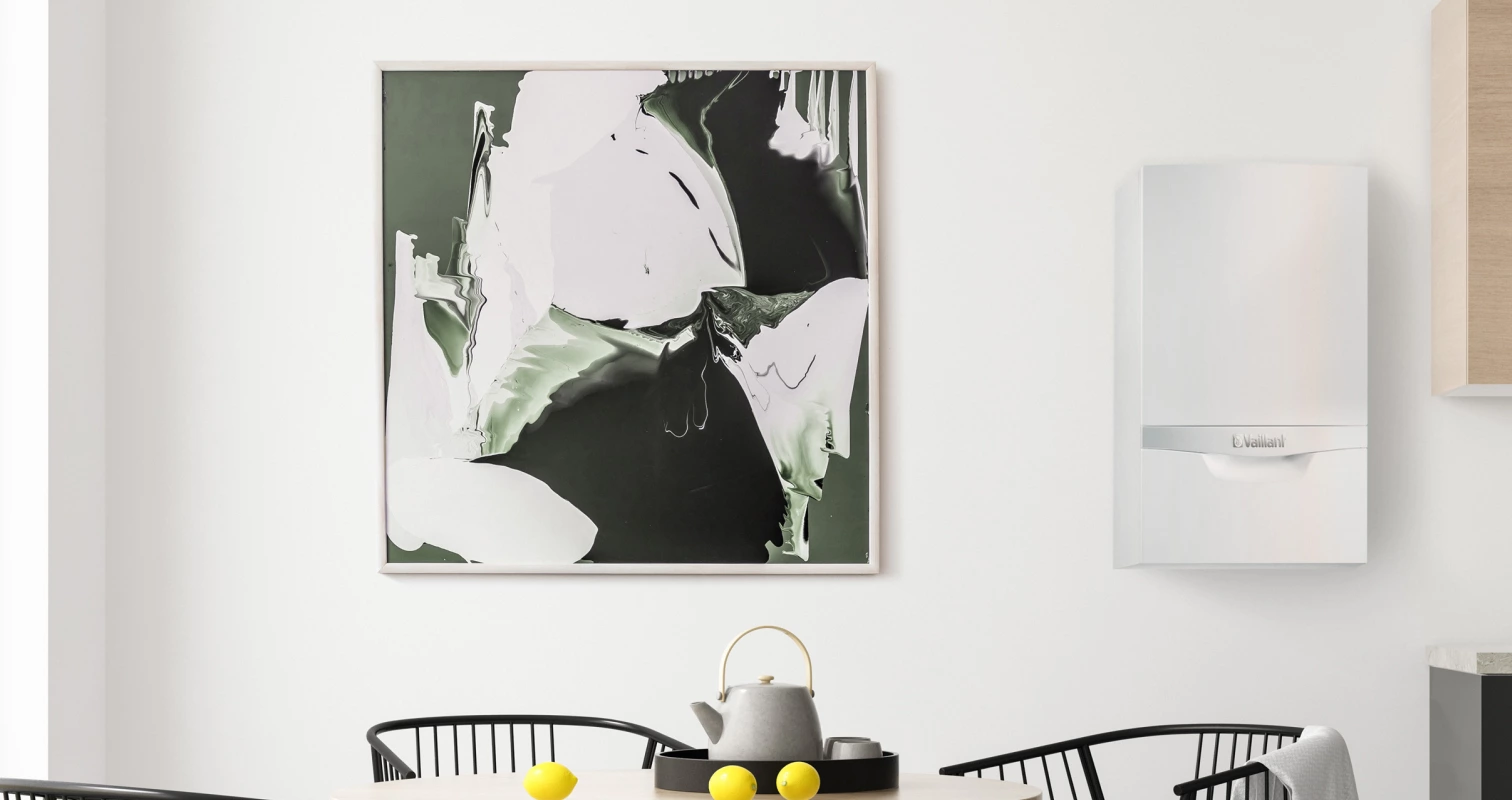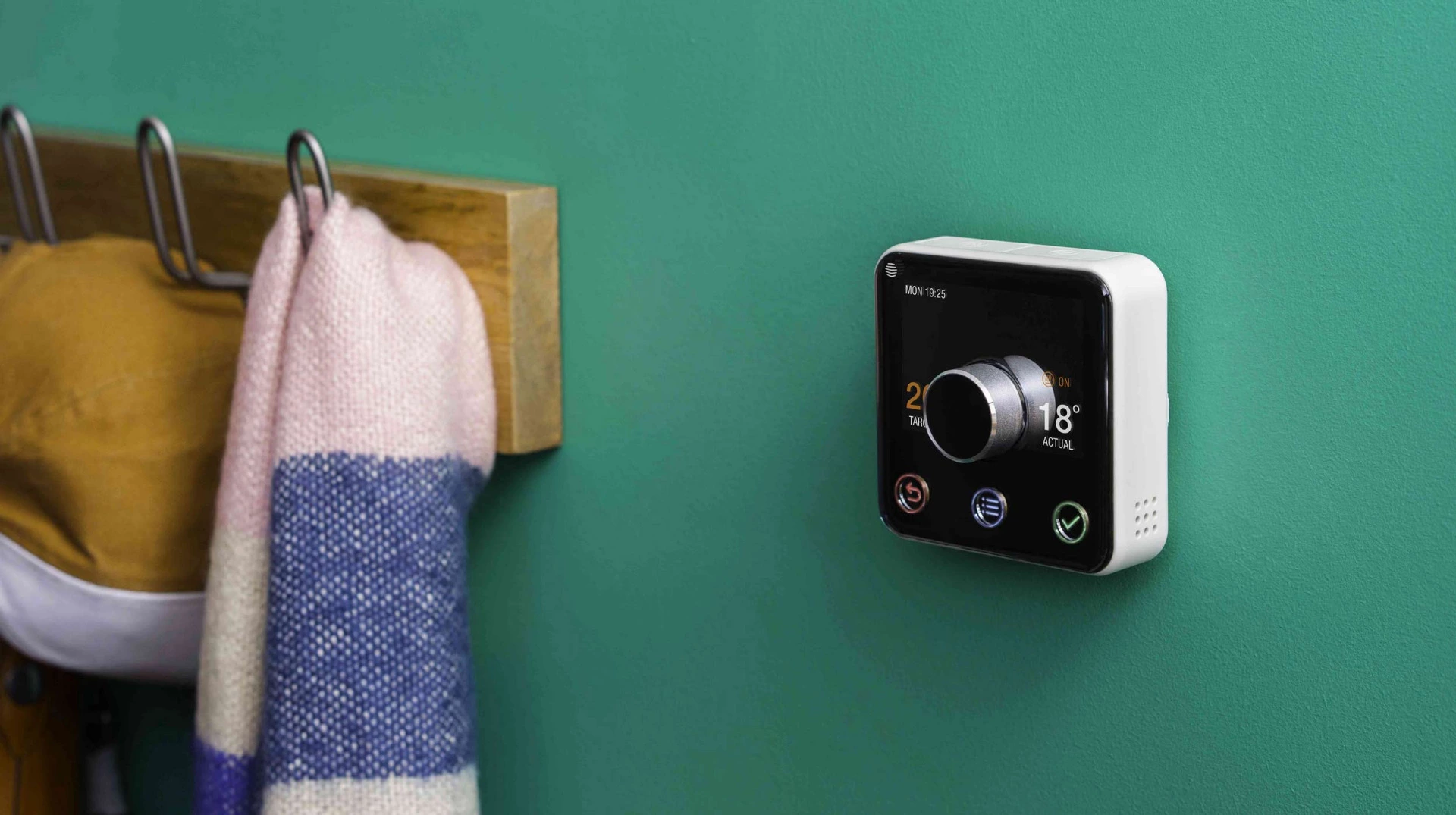8 tips to get your boiler ready for winter
It’s that time of the year - the evenings are drawing in and there’s a nip in the air. Now is the ideal time to get your home ready for winter, and a good place to start is with checking your boiler and heating system.
It’s so important to make sure your boiler is working safely and efficiently all year round, but we know, given the current cost of living crisis and increasing energy prices, finding ways to save energy and money is a top priority for everybody. We’re endorsed by the Energy Saving Trust, and we offer free advice to help our customers save energy.
Here are our eight top tips to make sure your boiler is ready for the colder months ahead:
1. Get your boiler serviced
Getting your boiler serviced annually is important for safety reasons and to ensure it is working efficiently so you don’t waste energy (and money). Filtering your heating system and using a chemical inhibitor can make a big difference to the effectiveness of radiators and the heating system by removing corrosion and the build-up of scale and sludge. We provide MagnaClean technology which can offer significant central heating system performance and environmental benefits. Booking your boiler service with us is quick and easy, just contact our team.

2. Check your boiler and thermostat settings
Your boiler should be set between 45 and 75 degrees, and this will regulate the temperature of the water in the radiators around your home. Condensing combi boilers work more efficiently when the water returning to the boiler is below 55°C, so it’s better to set the temperature as low as possible, so long as this doesn’t impact your comfort levels. If you have a system boiler with separate hot water cylinder, your boiler thermostat should be set to a higher temperature than the cylinder thermostat.
If you have a modern heating system, you should also have a room thermostat (usually in the hallway or living space) which turns the boiler on and off once the set temperature has been reached. Change the temperature on your thermostat to make sure it adjusts. Turning it down by just 1 degree (from 20 degrees to 19 degrees for example) will have a big impact on your heating bill and you probably won’t notice the difference.
3. Check the boiler pressure
Your boiler pressure should be between the 1 and 1.5 bar on your boiler, but this depends on the make of your boiler so always double check with the manufacturer. If the pressure is low, it could mean your home isn’t being heated properly and you might need to use your boiler’s filling loop to increase it. If your boiler pressure is high you may need to bleed your radiators. If these solutions don’t work, there may be a water leak so you should get a heating engineer to check it.
We offer free comfort checks for all our priority care customers to ensure their boiler and heating system are set correctly and are working efficiently. Get in touch to find out if you’re eligible.

4. Upgrade your boiler
If your boiler is more than 10 years old, it might be worth replacing it with a newer, efficient model. According to the Energy Saving Trust, if you have a mains gas connection, a modern, condensing gas boiler has typically the lowest running costs to provide heating and hot water. We have a range of boiler plans with the option to spread the cost over up to 10 years.
Gas boilers are either ‘system’ boilers, which have a separate hot water cylinder to store hot water, or ‘combi’ boilers, which heat hot water on demand and don’t require a hot water cylinder. A system boiler is more efficient at producing hot water; however, heat is lost from the hot water cylinder over time. A combi boiler could be more efficient overall, although this depends on factors such as how many people live in the property and whether you want to install solar panels or a heat pump in the future.
5. Bleed your radiators
Turn your heating on and check that all your radiators are heating up fully. If there are any cold spots, they might need bleeding which means removing any trapped air that’s in your heating system. Here’s a step-by-step guide
- Turn off your heating system and wait until the radiator is cold
- Put an old towel or bowl under your radiator valve
- Use a radiator key to open the radiator bleed valve
- You may hear air hissing from it or see water leaking
- When this has stopped, close the valve
- Check the pressure in your boiler as, depending on how much air has been removed, you may need to increase it.
6. Insulate your pipes
If you haven’t already, insulate your water tank, pipes and the radiators around your home. This is an easy way to save money as it reduces the amount of heat lost. A hot water cylinder jacket is cheap and easy to fit. If you already have a jacket fitted it should be at least 80mm thick. Foam tubes can be purchased from DIY shops to cover exposed pipes between your hot water cylinder and boiler (just check you have the correct size). Radiator reflector panels can be fitted behind radiators on external walls to reflect heat back into the room.
7. Check your carbon monoxide alarm
We recommend having a carbon monoxide monitor by your boiler to let you know if carbon monoxide is escaping from your appliance. There should be a date on your alarm, and it will need to be replaced before this date lapses. Other signs that there could be a carbon monoxide escape in your home include gas appliances burning with a yellow or orange flame instead of crisp and blue, increased condensation inside windows, pilot lights blowing out frequently and soot or yellow/brown staining around or on appliances. Symptoms from inhaling CO include headache, dizziness, nausea, and shortness of breath.

8. Get smart heating controls
Smart heating controls help you to keep your home warm, without over-heating and wasting energy. By installing and using heating controls effectively, you’ll have greater control over your energy use which could save money and lower your carbon emissions. We offer leading smart home technology from Hive and Tado which allow you to control your heating from your phone or tablet. Smart devices, like thermostats and thermostatic radiator valves, work together to make managing your energy easier.
